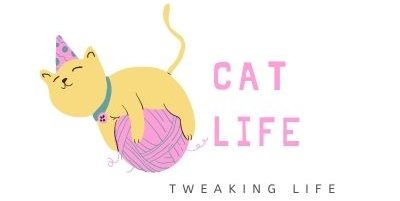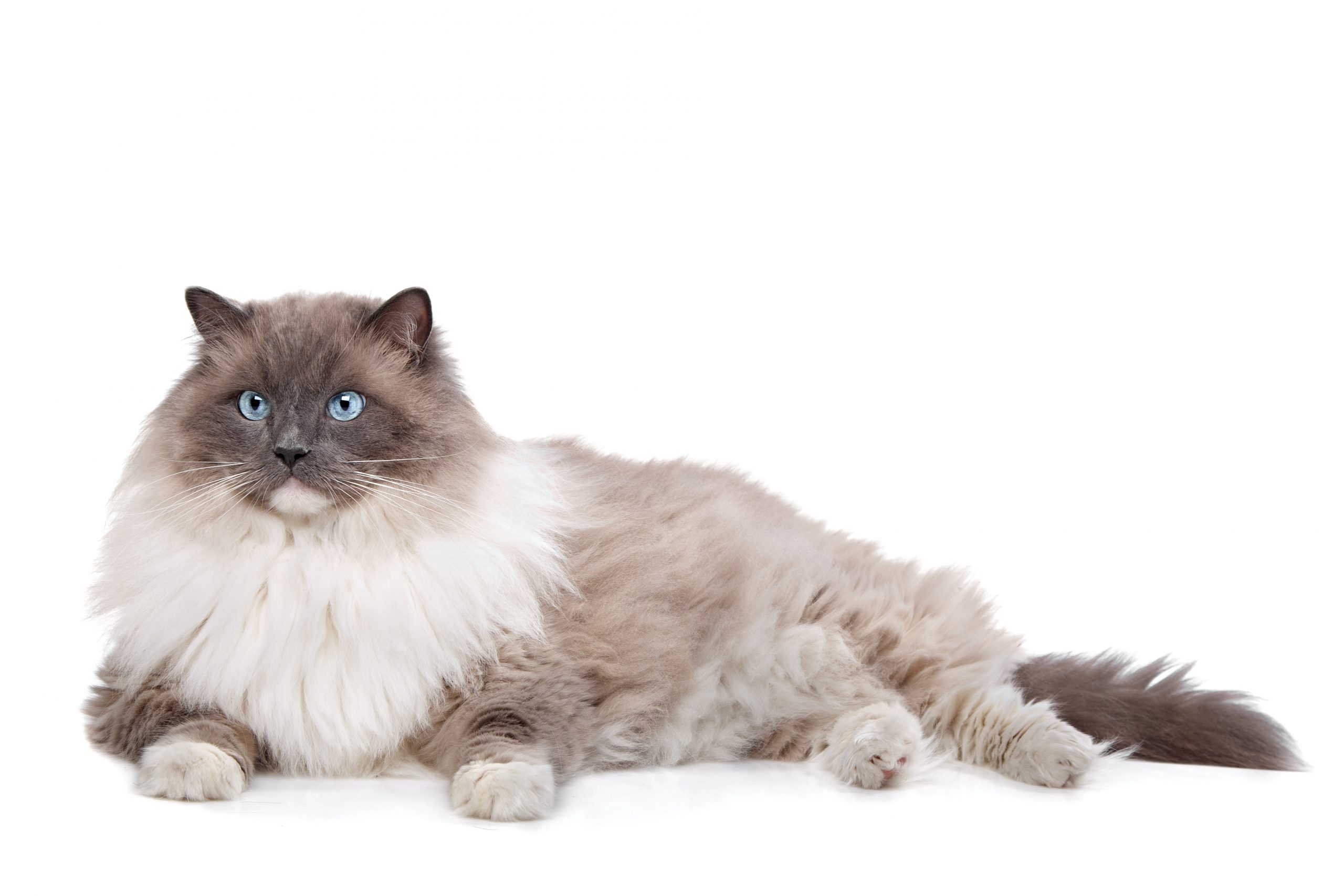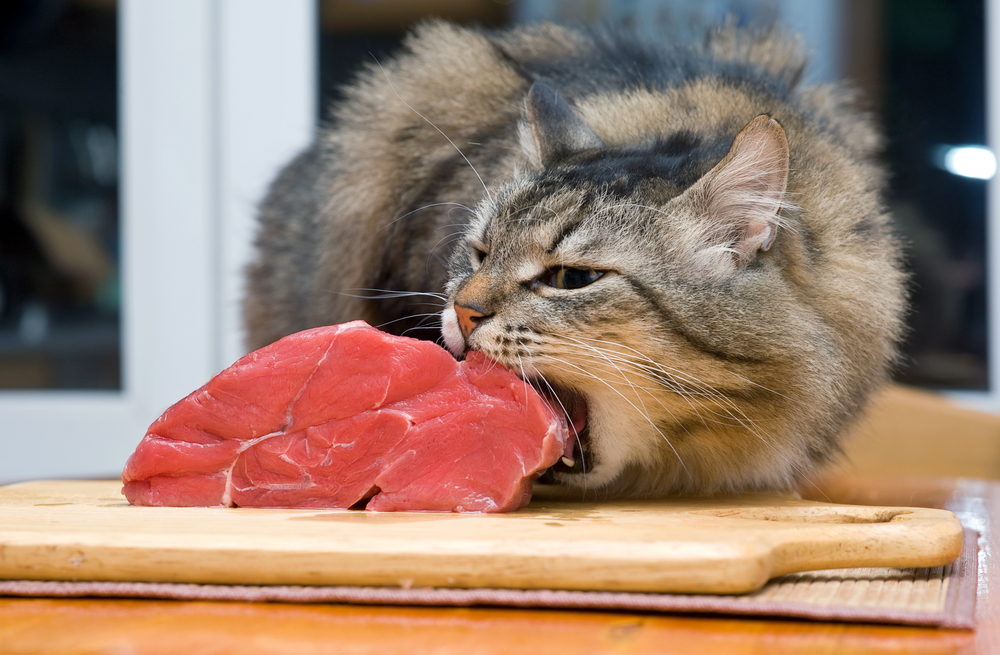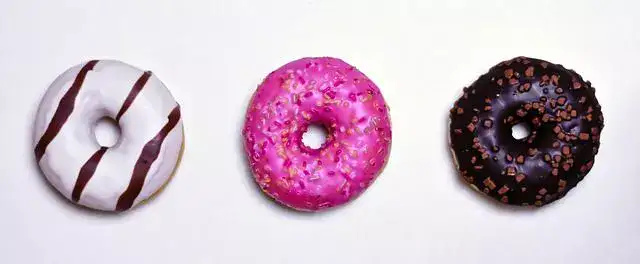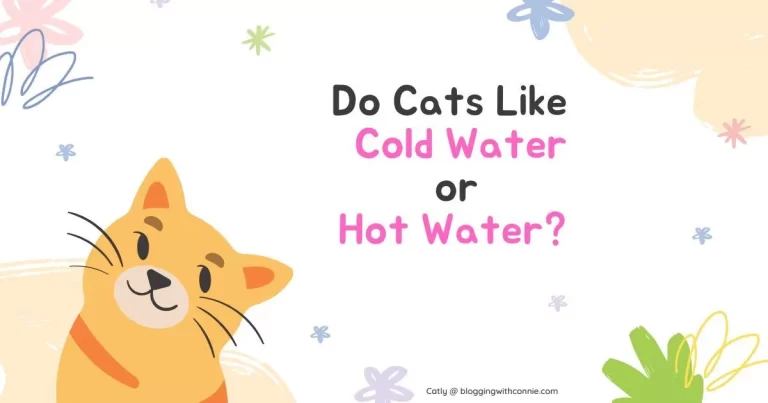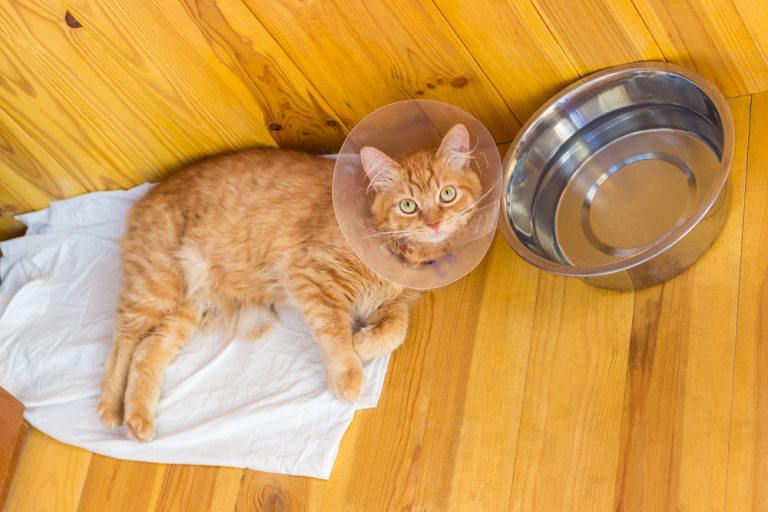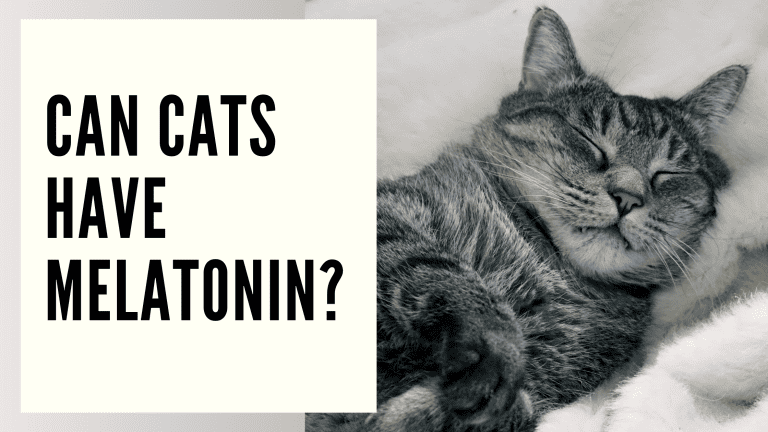Cat Treats and Snacks: What’s Safe for Cats to Eat and What isn’t?
Cats can be picky eaters, but they all have one thing in common: They love to get good cat snacks.
If you are looking for new and creative ways to keep your kitty healthy while still giving him some fun treats, read on to figure treats that will help any feline friend feel like his purr-fect self!
Table of Contents
What are some common cat snacks?
There are many different types of cat treats available on the market. You can choose from crunchy snacks, wet food, or even specialty treats designed to promote dental health or reduce hairballs.
1. Treats that contain meat
There are a variety of meats that can be used as cat treats, including chicken, turkey, beef, and lamb.
Meat-based treats can provide your cat with protein and other nutrients that are important for their overall health.
When choosing meat-based treats for your cat, it’s important to select products that are low in fat and sodium. You should also avoid giving your cat bones, as they can splinter and cause choking or other digestive issues.

2. Treats that contain fish
There are many types of fish that can be used as treats for cats. Some of the most common include salmon, tuna, and sardines.
Fish is a great source of protein and omega-3 fatty acids, both of which are important for a healthy diet. Omega-3 fatty acids can help to improve heart health, joint function, and cognitive function.
However, fish can also contain mercury and other toxins which can be harmful to your cat if consumed in large quantities.
It is important to consult with your veterinarian before feeding your cat some fish treats to ensure that they are safe for consumption.
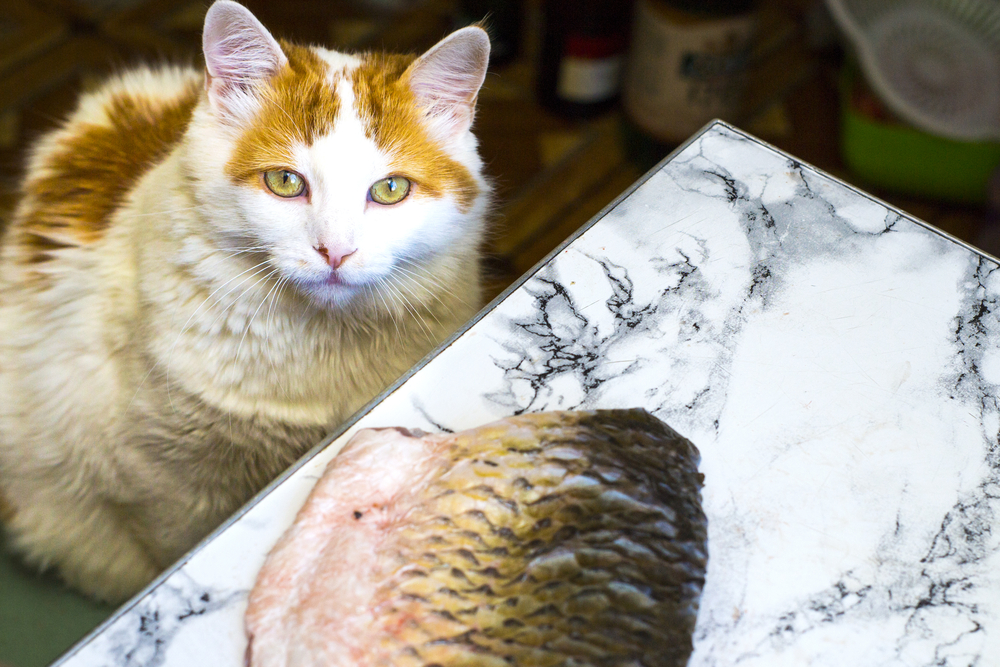
3. Snacks that are grain-free
The main ingredients in grain-free cat treats are typically meat or fish-based. This means that they are high in protein and low in carbohydrates. Some common ingredients include chicken, turkey, shrimp and salmon.
There are several benefits of feeding your cat grain-free treats. First, they are an excellent source of protein and essential nutrients.
Grain-free treats are also highly digestible, which means that your cat will be able to absorb more of the nutrients from them.
Finally, grain-free snacks tend to be lower in calories than other types of treats, so they can help keep your cat at a healthy weight.
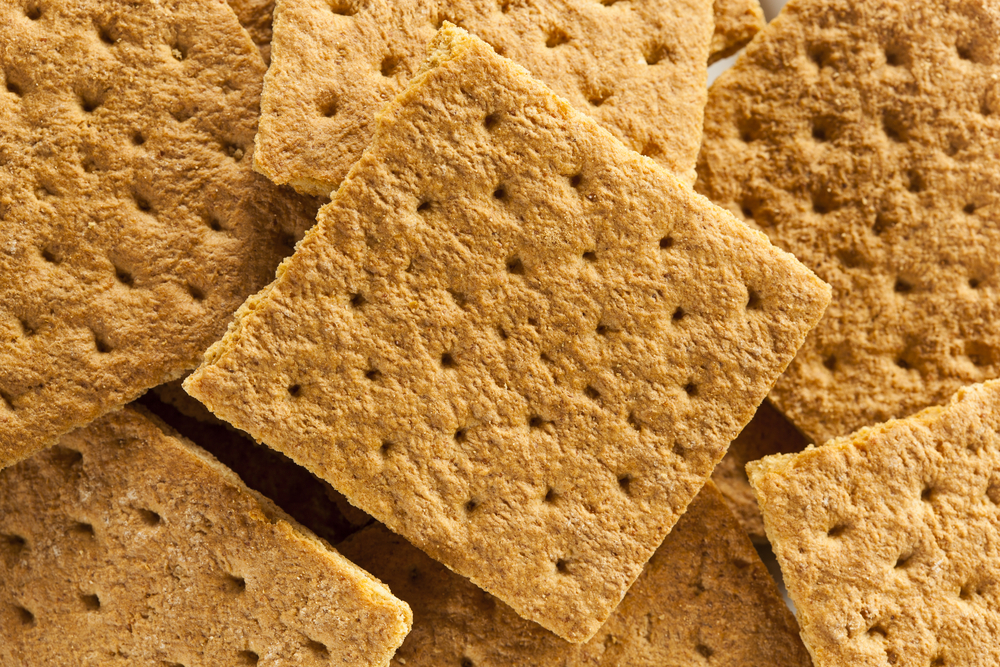
Can cats eat graham crackers? Everything you need to know
4. Treats that are organic
Eating organic snacks has many benefits including reducing your kitto’s exposure to toxins and providing needed nutrients.
Some common organic cat treats include freeze-dried chicken or liver, rawhide chews, and crunchy kibble.
What are the benefits of giving cat treats and snacks?
1. Treats can help train your cat
Treating your feline friend can also help train them – for example, if you give them a small piece of chicken every time they use the litter box properly, they’ll eventually learn that good behavior leads to tasty rewards!
When training your cat, it is important to use a treat that they will find irresistible. This will help to keep their attention focused on you and the task at hand.
There are many options available on the market today. However, not all treats are created equal, and some may be better suited for training purposes than others. Here are a few things to keep in mind when selecting the best type of treat for your cat:
- Look for treats that are high in protein as this will help keep your furry friend focused during training.
- Avoid treats that are high in sugar as they may cause your cat to become hyperactive.
- Choose a treat that is easy to eat so that your furrball doesn’t get distracted mid-training session.
- Select a treat that is small in size so that your cat can eat it in one bite.
2. Can help bond with your cat
Giving your cat occasional treats can help you bond with them and build trust between you two. This is how I’ve bonded with all my furry besties. Though it may seem obvious, cats tend to trust and bond most with those who feed them.
3. Provide mental stimulation for your cat
There are a variety of cat treats available on the market. Some are designed to be healthy and nutritious, while others are simply for fun and entertainment.
Giving your cat a treat can provide mental stimulation and help keep them active. It can also be a bonding experience for you and your feline friend.

4. Can be used to help socialize a new cat
One of the benefits of giving cat treats is that it can help socialize a new cat. When you first bring a new cat home, they may be shy and scared. By offering them treats, you can help them feel more comfortable and start to build a bond with them.
Socializing a new cat has many benefits. It can help them feel more comfortable in their new home, reduce stress levels, and make them less likely to become aggressive or anxious. It can also help you form a stronger bond with your new feline friend.
What are some of the dangers of giving cat treats?

Dangers of giving cat treats
1. Toxic ingredients
Many commercial cat treats contain toxic ingredients that can be harmful to your cat. For example, some treats contain artificial sweeteners such as xylitol, which is toxic to cats. Others may contain raisins or grapes, which can cause kidney failure in cats.
2. Choking hazards
Some cat treats are also choking hazards. For example, small hard treats can easily get stuck in your cat’s throat and cause them to choke.
3. Allergens
Finally, some cats may be allergic to the ingredients in certain cat treats. For example, if your cat is allergic to wheat, they may have a reaction after eating a treat that contains wheat flour.
If your cat is experiencing any of the following symptoms after eating a treat, they may be allergic to it: vomiting, diarrhea, itchiness, swelling, difficulty breathing.
Dangers of giving cat treats to overweight cats
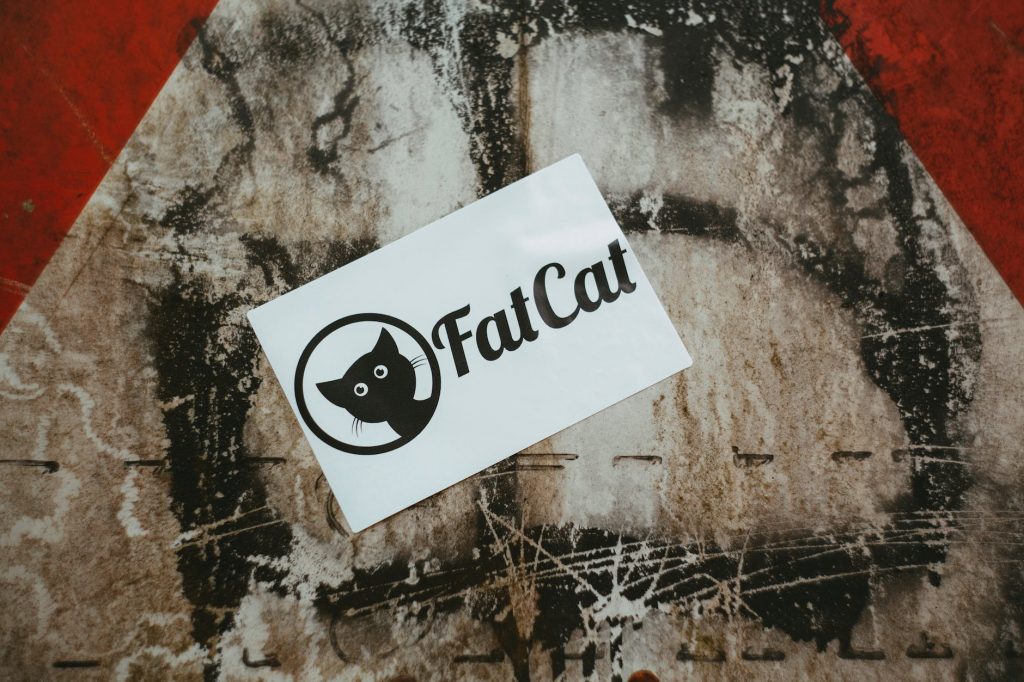 Photo by Markus Spiske on Pexels
Photo by Markus Spiske on Pexels
When giving your cat a treat, it’s important to do so in moderation. Too many treats can lead to weight gain and other health problems. It’s also important to choose the right type of treat for your cat. Some cats prefer crunchy treats, while others prefer softer ones.
Dangers of giving cat treats to diabetic cats
1. Unstable blood sugar levels:
When cats eat treats, their blood sugar levels can spike and then drop quickly. This can cause serious health problems, especially for a diabetic cat, including seizures and coma.
2. Weight gain:
Treats are often high in calories, which can lead to weight gain and obesity. This can put your kitto at risk for diabetes, joint problems, and other health issues.
3. Digestive problems:
Some cats may have trouble digesting treats properly, which can lead to vomiting or diarrhea. In severe cases, it could even block your cat’s intestines.
4. Diabetic ketoacidosis (DKA):
This is a potentially life-threatening condition that occurs when there is too much acid in the blood due to untreated diabetes. Symptoms include vomiting, diarrhea, lethargy, and difficulty breathing. If not treated promptly, DKA can lead to coma or death.
5. Pancreatitis:
This is an inflammation of the pancreas that can be caused by eating fatty foods (including some cat treats). Symptoms include vomiting, abdominal pain, loss of appetite, and weight loss
What are some of the best cat treats?
1. Natural Cat Treats
There are a variety of fruits that cats can enjoy. Some of the most popular include watermelon, cantaloupe, honeydew, bananas, and strawberries. Most cats also love grapes, blueberries, and mangoes.
Vegetables cats can snack on:
Cats can also benefit from eating certain vegetables. These include carrots, celery, broccoli, and green beans. While some cats may turn their noses up at these foods at first, they may be more inclined to eat them if they are mixed with a favorite food or treat.
2. Homemade Cat Treats
Homemade snacks have the added advantage of knowing what exactly is in the treat. This is important seeing some commercial treats have some added ingredients that may be dangerous to your kitto in the long term.
3. Commercial Cat Treats
Natural/Organic:
These treats are made with ingredients that are raised without synthetic pesticides, growth hormones, or antibiotics. They are also free of artificial colors, flavors, and preservatives.
Grain-Free:
These treats do not contain any wheat, corn, or soy. They may be made with alternative grains such as quinoa or millet.
Wet/Canned:
These treats typically come in a can or pouch and are soft and moist. They often contain gravy or sauce.
Dry/Crunchy:
These treats are typically dry and crunchy like kibble. They may be flavored with chicken, fish, or liver for added appeal to your cat.
Pros:
- Convenient.
- No need to refrigerate wet treats.
- May help keep teeth clean.
Cons:
Some brands use poor quality ingredients that may not be nutritious for your furry bestie. Additionally, some manufacturers use artificial flavors, colors, and preservatives that may be harmful to your cat.
What are some of the worst cat treats?
1. Cat treats that are high in sugar
When consumed in large quantities, sugar can lead to weight gain and obesity in cats. Obesity can cause a host of health problems, including diabetes, joint problems, and respiratory difficulties. In addition, sugary treats may contribute to tooth decay.
Some of these include candy, cookies, cake, ice cream.
2. Cat treats that are high in fat
Cats eating snacks high in fats eventually leads to health problems. One of the biggest risks is obesity which comes with its own issues including diabetes and pancreatitis.
3. Snacks that contain artificial ingredients
Some artificial flavors pose a health risk to
1.Tuna Flavored Cat Treats: These treats often contain soy, which can be an allergen for some cats. In addition, the tuna flavor is usually achieved through artificial flavoring, which can be harmful to your cat’s health.
2. Chicken Jerky Cat Treats: These treats are often made with low-quality chicken that contains harmful chemicals and preservatives. In addition, they may also contain artificial flavors and colors that can be harmful to your cat’s health.
3. Salmon Flavored Cat Treats: Like tuna flavored treats, these often contain soy and artificial flavors which can be harmful to your cat’s health. In addition, they may also contain unhealthy levels of mercury.
4. Snack treats that are low in protein
Protein is important for many reasons. It helps to build and repair tissues, produce hormones and enzymes, boost immunity, and more. Without enough protein, your cat can become malnourished or even develop health problems.
Toxic foods that can be easily confused for cat treats
There are many foods that we eat on a daily basis that can be toxic to our feline friends. Some of these human foods are toxic and shouldn’t be considered as cat snacks.
Examples include:
- Chocolate
- Coffee
- Raisins
- Raw dough
Symptoms of toxicity can range from mild gastrointestinal upset to more serious issues such as liver or kidney damage. If you suspect your cat has eaten something toxic, it is important to seek veterinary care immediately.
Treatment will also vary depending on the severity of the toxicity. In some cases, decontamination (such as induced vomiting or administration of activated charcoal) may be recommended by your veterinarian. More severe cases may require hospitalization and intensive supportive care.
How can I make my own cat treats?
Here is one of my fav recipes for making my furry friends a snack treat:
Ingredients:
1 cup cooked white rice
1/2 cup cooked chicken, shredded
1/4 cup plain yogurt
Instructions:
1. Preheat oven to 350 degrees F.
2. In a medium bowl, combine cooked white rice, cooked chicken, and plain yogurt. Mix well.
3. Spoon mixture into a greased or lined muffin tin, filling each cavity about three-quarters full.
4. Bake for 20 minutes, or until treats are firm to the touch. Let cool completely before serving to your cat
What are some of the healthiest cat treats?
1. Cat treats that are high in protein
Protein is an essential nutrient for cats and treats that are high in protein can help them maintain their health. Protein-rich treats can help cats stay lean and muscular and can also help them recover from illness or injury.
Examples of high-protein cat treats include:
- Tuna flakes
- Chicken jerky
- Salmon bites
- Turkey bits
2. Cat treats that are low in sugar
Organic and low-sugar cat treats are the best for dental health, as they do not contain artificial additives that can be harmful to cats. Most of these also contain natural ingredients that are better for their teeth and health in general.
Finally, many of these treats do not contain preservatives, which is important to keep in mind if you have a cat that is prone to dental health problems.
3. Cat treats that are grain free
Grain free cat treats have a number of benefits for your feline friend. They are often made with higher quality ingredients and do not contain any fillers or artificial additives. This means that they provide your cat with more nutrients and are less likely to cause digestive upset.
New studies have proven that grain free have almost the same amount of carbohydrates as snacks with grains. So, this simply means it has the same potential of making your cat obese.
There are many different brands and types of grain free cat treats available on the market today. Some popular examples include Blue Buffalo Wilderness Trail Treats, Wellness Kittles Natural Grain Free Cat Treats, and Tiki Cat Aloha Friends Grain Free Cat Treats.
4. Made with natural ingredients
When it comes to choosing the healthiest cat treats, you want to look for those that are made with natural ingredients.
Some good options include treats that are made with real meat, fruits, and vegetables. You also want to avoid treats that contain artificial flavors, colors, or preservatives.
5. Recommended by veterinarians
There are a variety of cat treats available on the market, and it can be difficult to decide which ones are best for your feline friend. Makes sure to consult your vet on which treats are safest for your furry bestie.
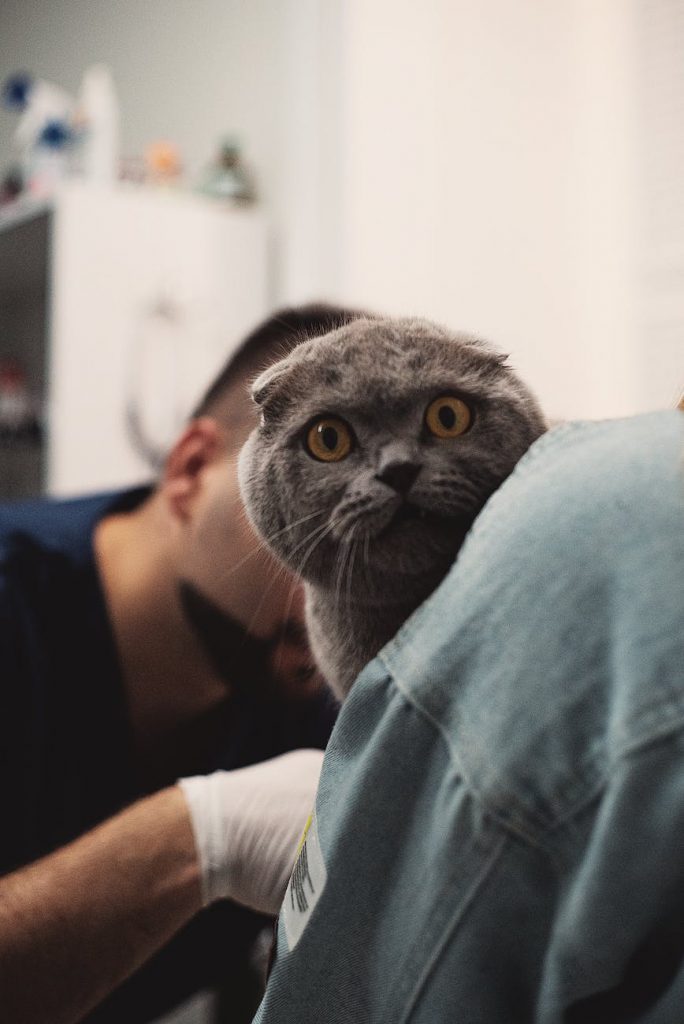 Photo by Mk7 Bober on Pexels
Photo by Mk7 Bober on Pexels
Signs your cat is addicted to treats
1. Hiding treats:
Your cat may start hiding treats around the house, in their bedding or in other secret places. This is a sign that they are becoming addicted to the treats and are trying to hoard them.
2. Increased appetite:
An addicted cat will start to eat more than usual and may even beg for food constantly. This is because they are looking for their next fix of the sugary treat.
3. Weight gain:
As your cat’s addiction progresses, you may notice them putting on weight due to the increased calorie intake from the treats. This can lead to obesity and other health problems down the line.
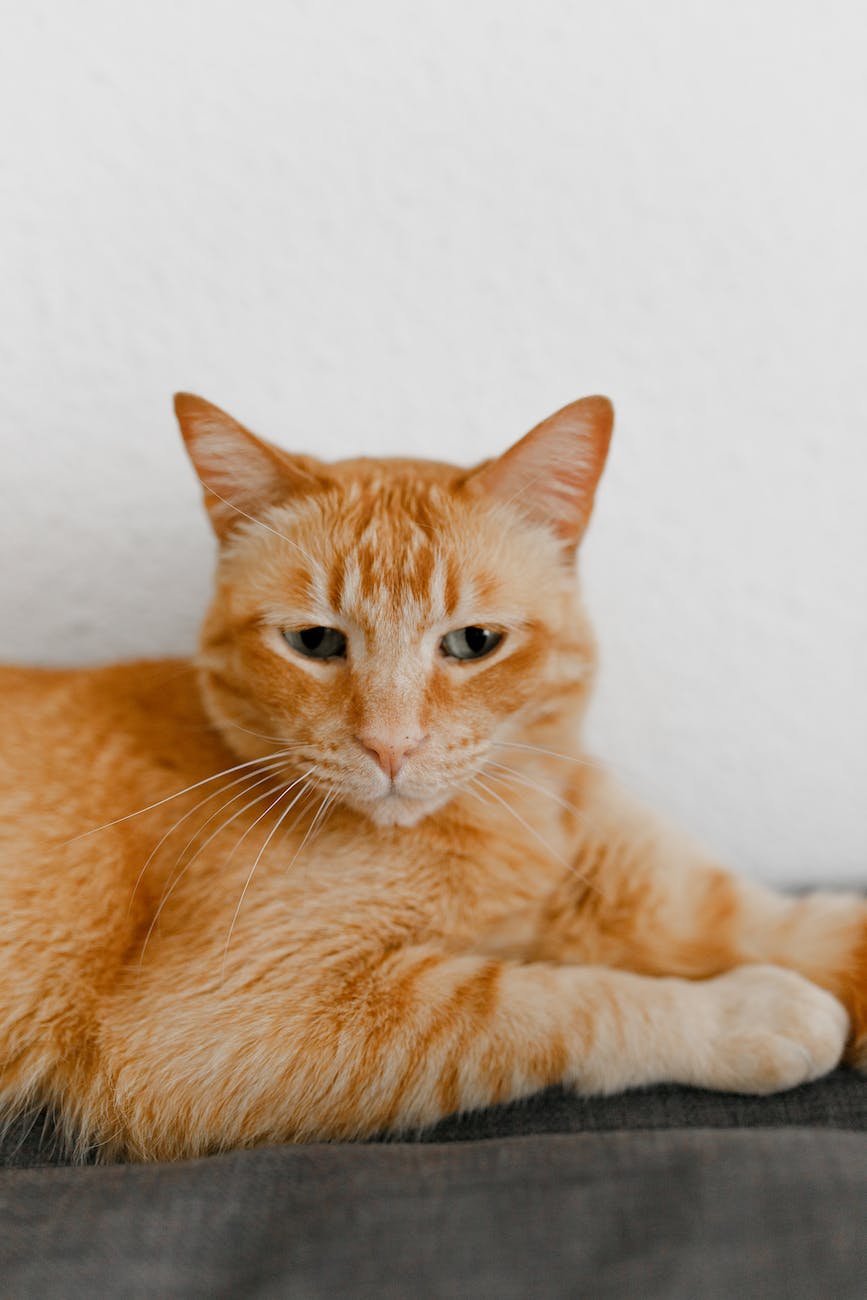 Photo by Nataliya Vaitkevich on pexels
Photo by Nataliya Vaitkevich on pexels
4. Hyperactivity:
Addicted cats may become more hyperactive than usual as they search for their next fix of sugar. This can be destructive behavior such as tearing up furniture or scratching carpets/doors etc.
5. Stealing treats:
This is actually very common even in my house! My cat is always trying to steal snacks whether from me or my younglings.
6. Food begging and attention-seeking for treats:
If your cat becomes agitated or vocalizes when you don’t give them a treat after they’ve performed a trick, this may be a sign that they’re addicted.
They may beg for treats constantly and meow excessively when they see you with a treat in your hand.
7. Getting angry when you don’t give them a treat:
Your cat becomes agitated or angry when you don’t give them a treat.
8. Weird behavior:
You notice them licking their lips or drooling in anticipation of getting a treat, even when they haven’t eaten anything else recently.
Consequences of an addiction to treats:
1. An addicted kitto can become obese, which can lead to health problems such as diabetes, joint pain, and respiratory difficulties.
2. They may also suffer from behavioral problems such as aggression, destructiveness, and separation anxiety if they don’t get their fix of treats regularly enough.
3. An addicted cat may start to steal food from other family members or pets in the house out of desperation to get their fix, which can lead to conflict within the home.
If your cat is exhibiting any of the above signs, it’s important to seek professional help from a veterinarian or animal behaviorist.
They will be able to help you create a treatment plan that will gradually wean your cat off of their addiction to treats while still providing them with the love and attention they need.
 Photo by Anjie Qiu on Pexels
Photo by Anjie Qiu on Pexels
How many cat treats to give a cat in a day?
The amount of food you give your cat at each meal depends on their age, activity level, and weight. For example, a kitten needs more food per pound of body weight than an adult cat.
Frequency: How often you feed your cat also depends on their age and activity level. Kittens need to eat more often than adult cats.
What snacks can I feed my cat?
There are a variety of snacks that you can feed your cat. Some of the most popular include:
- Canned tuna or salmon in water
- Chicken breast
- Turkey breast
- Lean beef
- Pork loin
- Scrambled eggs (without butter)
How to choose a snack/treat good for your cat
There are a few things to consider when choosing the right treat for your cat.
The first is size. The treat should be small enough that your cat can eat it in one bite. This way they won’t get distracted mid-training session trying to chew their treat.
The second thing to consider is smell. Cats have a very strong sense of smell, so choose a treat with a strong scent that will really get their attention.
The third thing to consider is texture. Some cats prefer soft treats while others prefer crunchy ones. Experiment with different textures until you find one that your cat enjoys most.
Additionally, it is important to consider their individual dietary needs. You want to make sure the treat is high in protein and low in carbohydrates.
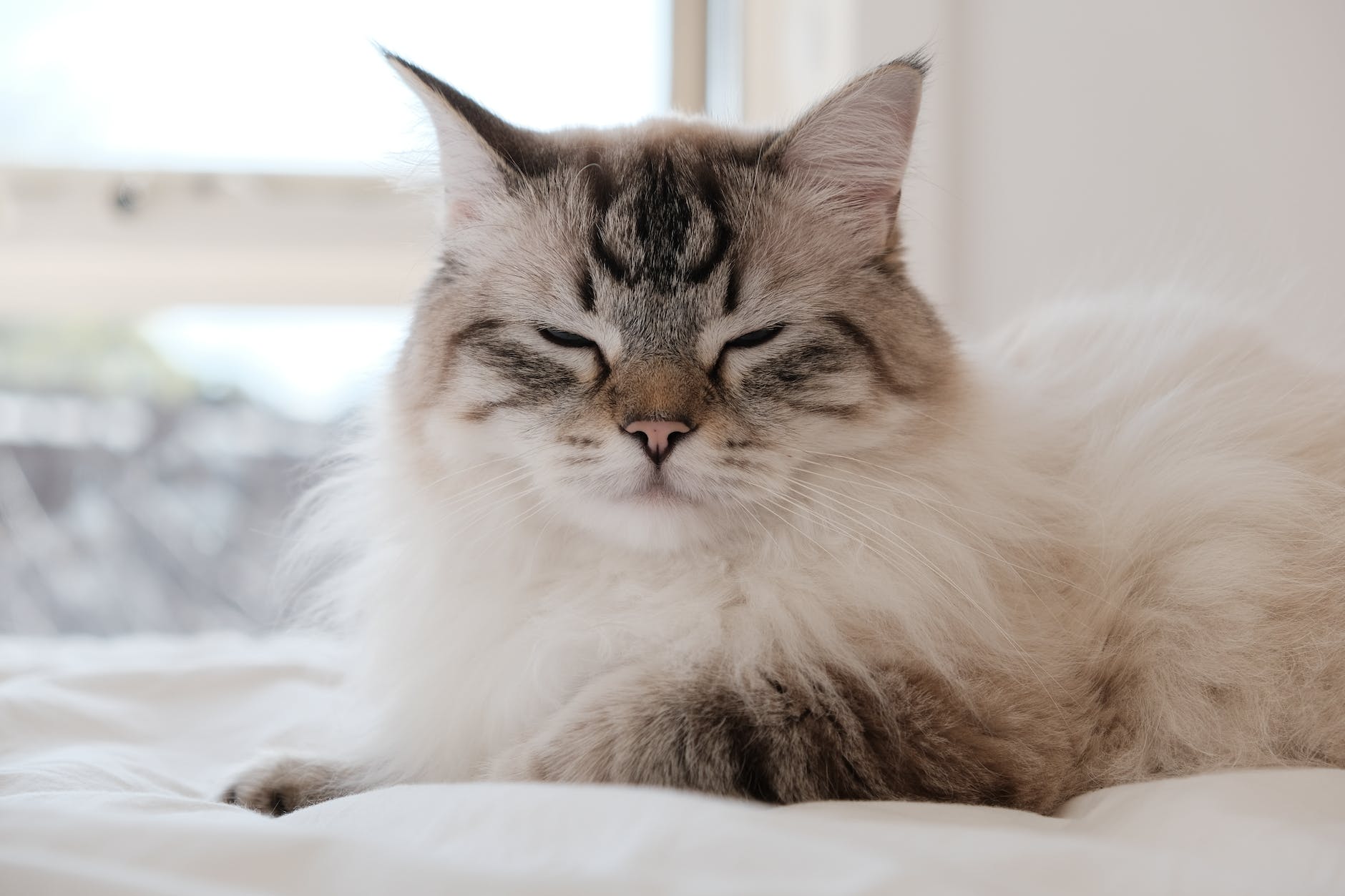 Photo by Jasmine Pang on Pexels
Photo by Jasmine Pang on Pexels
For example, some cats may be allergic to certain ingredients or have sensitivities that require them to eat a certain type of food. Also,if your cat is overweight or has diabetes, you will want to select treats that are low in calories and carbohydrates.
On the other hand, if your cat enjoys playing with their food, you may want to choose treat s that are designed specifically for interactive playtime.
It is also important to avoid giving your cat any food that may be poisonous to them. Some common foods that are poisonous to cats include: grapes, raisins, onions, garlic, and chocolate. You also want to choose a treat that is free of artificial flavors, colors, and preservatives.
If you are unsure whether or not a particular food is safe for your cat, it is always best to consult with your veterinarian first.
Cautions:
There are a few things you should keep in mind when feeding your cat snacks. First, avoid giving them table scraps as this can lead to obesity and other health problems.
Second, make sure the snacks you give them are low in calories and fat as too much of either can be harmful to their health. Finally, always offer your cat fresh water to drink after they have eaten a snack.
